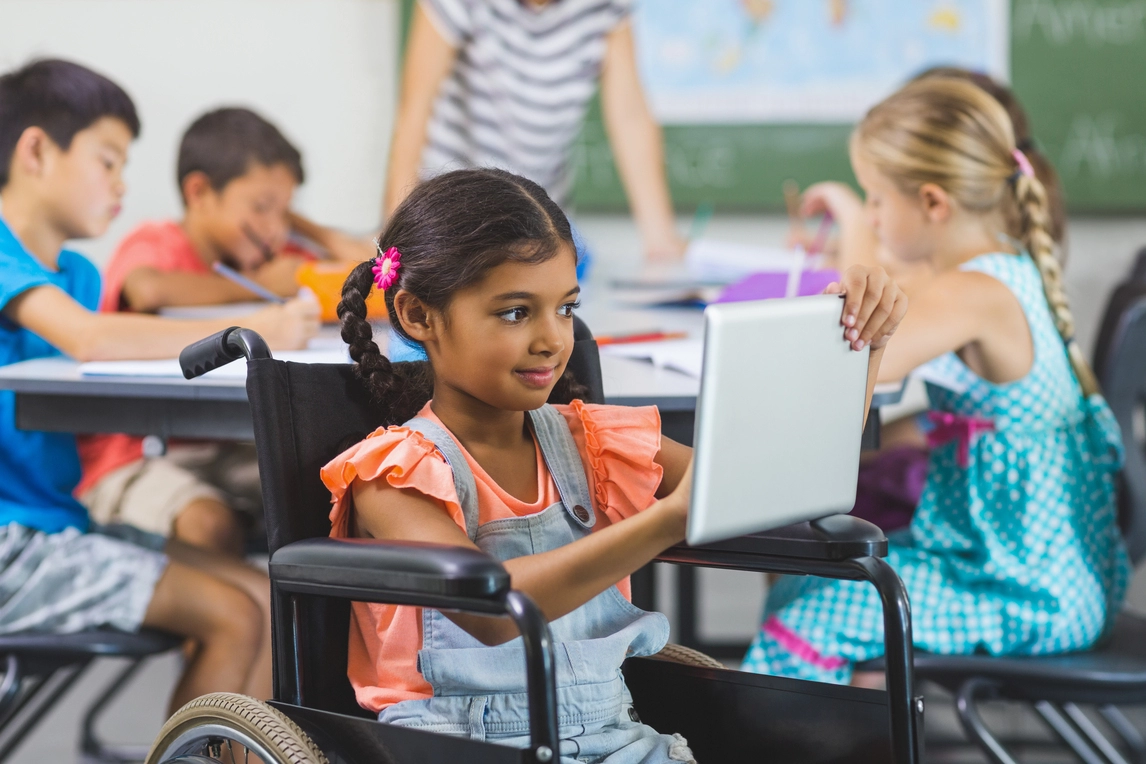Breaking Down Barriers: Strategies for Inclusion in Schools

Inclusion is the cornerstone of any society that values diversity and strives towards equality. And nowhere is this more important than in schools, where children are shaped and molded into responsible citizens of tomorrow. However, despite the efforts of educators, parents, and policymakers, there are still significant barriers that prevent children from fully participating in their education. In this blog post, we will discuss strategies for breaking down these barriers and creating an inclusive environment in schools.
First and foremost, it is essential to understand that inclusion is not just about accommodating children with disabilities. It is about creating an environment that is welcoming to all students, regardless of their backgrounds, abilities, or identities. This means creating a curriculum that is culturally responsive and relevant to all students, providing access to resources and supports that are tailored to individual needs, and fostering a sense of belonging and community in the school.
One of the most effective strategies for promoting inclusion in schools is to adopt a universal design approach to teaching and learning. This approach focuses on creating learning environments that are accessible to all students, regardless of their abilities. For example, teachers can use a variety of teaching methods, such as visual aids, hands-on activities, and group work, to engage students with different learning styles. They can also use assistive technology, such as text-to-speech software or closed captioning, to ensure that students with disabilities can access the same materials as their peers.
Another strategy is to provide targeted support and intervention for students who are struggling academically or socially. This may involve providing additional tutoring or counseling services, creating small-group or one-on-one learning opportunities, or implementing a behavior support plan for students with challenging behaviors. By providing these supports, schools can help students overcome barriers to their learning and ensure that they are able to fully participate in the educational experience.
In the Indian context, inclusion in schools is particularly important given the country's diversity of languages, cultures, and religions. India has made significant strides in recent years towards promoting inclusive education, with the passage of the Right to Education Act in 2009 and the launch of the Samagra Shiksha Abhiyan in 2018. However, there is still a long way to go to ensure that all children in India have access to quality education.
School of Stars, located in Bhubaneswar is one such organization trying to provide education for kids with special needs. This school provides education and support for children with autism, who often face significant barriers to their education and socialization. The School of Stars uses a holistic approach to education, incorporating academics, therapy, and vocational training to help students develop the skills they need to succeed in life. The school also has an Inclusive Education Program, which aims to mainstream children with autism into regular schools by providing training and support for teachers and other school staff.
In conclusion, breaking down barriers and promoting inclusion in schools is critical to ensuring that all students have the opportunity to succeed. By adopting a universal design approach, providing targeted support and intervention, and fostering a sense of belonging and community, schools can create an environment where all students can thrive. And organizations like the School of Stars are leading the way in promoting inclusion and ensuring that children with autism are not left behind.
Please share with those who could benefit
Encourage your friends and colleagues to join the community and take advantage of events and resources for children with special needs.
Or share on: